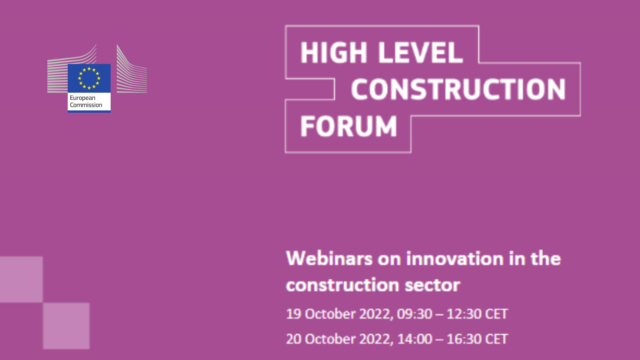
In this 7th edition of our Satellites Going Local series, Eurisy continues to highlight the contributions of satellite applications for society, this time diving into the maritime domain.
More than 3 billion people around the world rely on blue resources for their living. But nowadays our blue world is threatened by multiple challenges such as sea level rise, pollution, algal blooming, coastal erosion, and anomalies in marine biodiversity behaviours, just to mention a few.
Space technology is an asset to help monitoring the impacts of these hazards deriving both from climate change and human activities on the seas and oceans. Satellite data provides the maritime community and its operators with actionable, reliable and near real-time information on large and remote areas otherwise difficult to reach.
The examples included in this publication provide an overview on how the integration of satellite solution can support decision and policy-maker to streamline process and take informed decisions as well as design mitigation strategies and adaptation actions. The stories collected in this booklet are meant to stimulate awareness and exchange of knowledge on the use of satellite applications.
 EUSPA together with Eurisy, in cooperation with the Greek Ministry for Climate Crisis and Civil Protection and Ministry of Digital Governance, organised a workshop in Greece to present operational satellite-based services for disaster risk management. In this report the outcomes of the event have been collected.
EUSPA together with Eurisy, in cooperation with the Greek Ministry for Climate Crisis and Civil Protection and Ministry of Digital Governance, organised a workshop in Greece to present operational satellite-based services for disaster risk management. In this report the outcomes of the event have been collected.




 This publication contains ten hands-on examples of what can be achieved by using data and services from the Copernicus satellites.
This publication contains ten hands-on examples of what can be achieved by using data and services from the Copernicus satellites.

